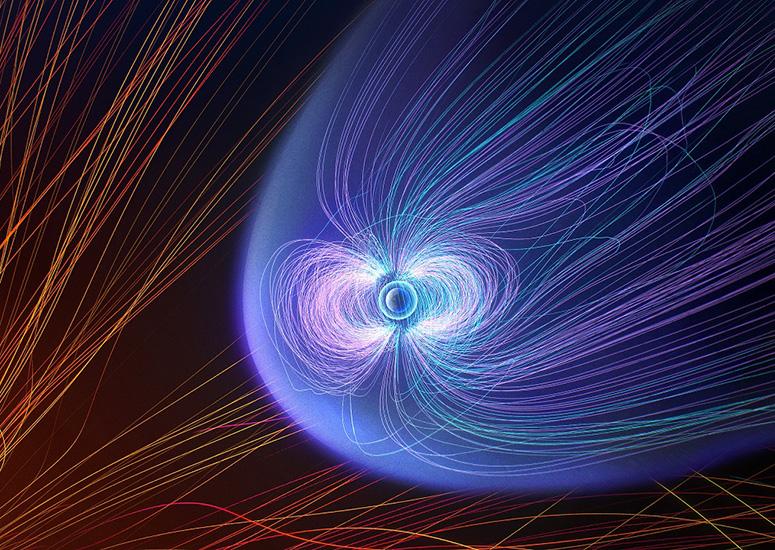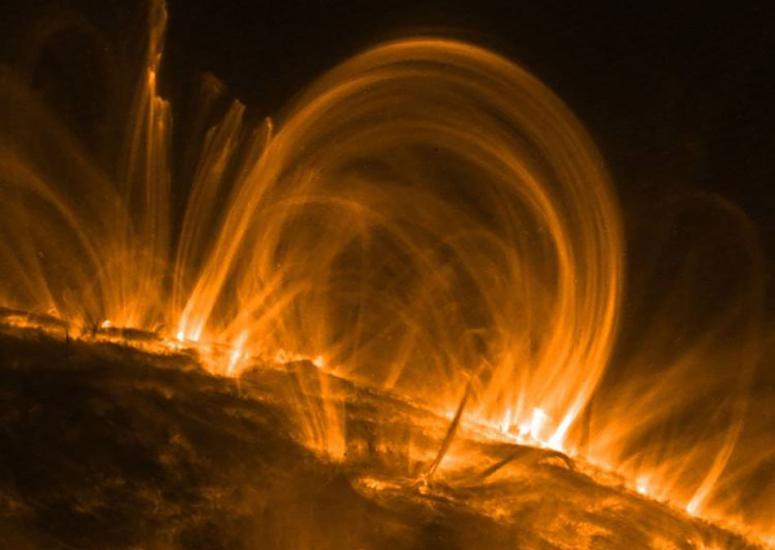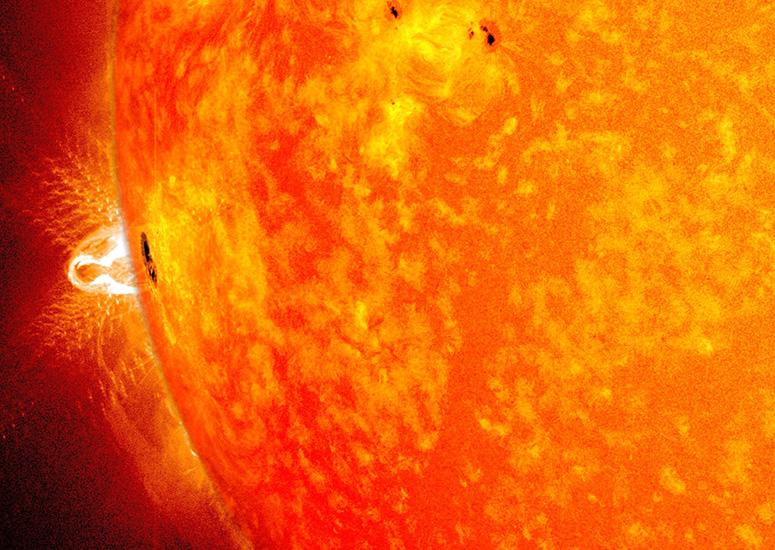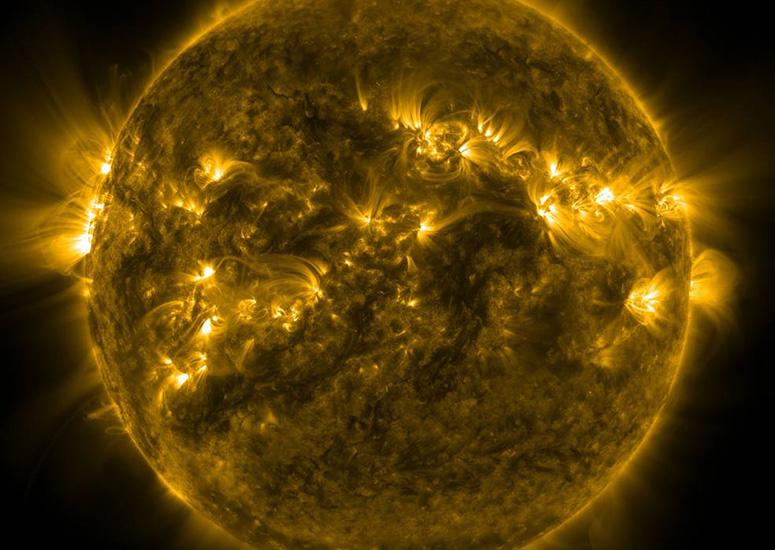-

NCAR partners to build first-ever comprehensive community geospace model
NCAR is a leading partner in an effort to, for the first time, build a model that can simulate the entire near-Earth space environment, which stretches from the lower atmosphere out beyond the moon.
- Sun + Space Weather
-

A solar illusion: Coronal loops may not be what they seem
Many coronal loops — ropey strands of plasma that scientists have long thought existed in the Sun’s atmosphere — may actually be optical illusions, according to a new paper that challenges prevailing assumptions of what we know, and don’t know, about the Sun.
- Sun + Space Weather
-

NCAR’s new mini-satellite will measure howling winds high in Earth’s atmosphere
NCAR has received $6.5 million in funding from NASA to launch a roughly shoebox-sized satellite into space carrying an instrument designed to measure the howling thermospheric winds, which can gust more than 300 miles per hour through the highest reaches of the Earth’s atmosphere.
- Sun + Space Weather
-

New study ties solar variability to the onset of decadal La Nina events
A new study shows a correlation between the end of solar cycles and a switch from El Nino to La Nina conditions in the Pacific Ocean, suggesting that solar variability can drive seasonal weather variability on Earth.
- Sun + Space Weather
-

New Sunspot Cycle could be one of the strongest on record
In direct contradiction to the official forecast, a team of scientists led by NCAR predicts that the Sunspot Cycle that started this fall could be one of the strongest since record-keeping began.
- Sun + Space Weather
